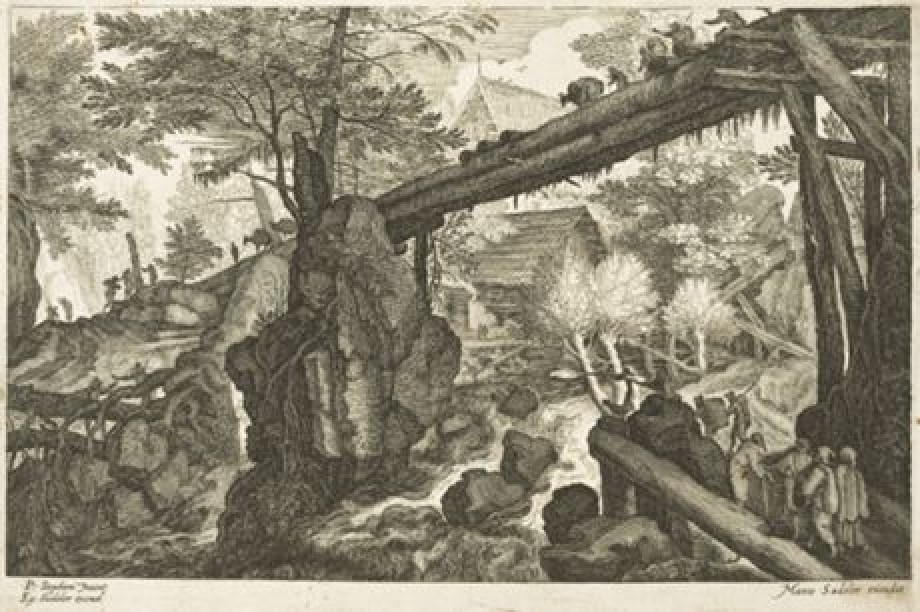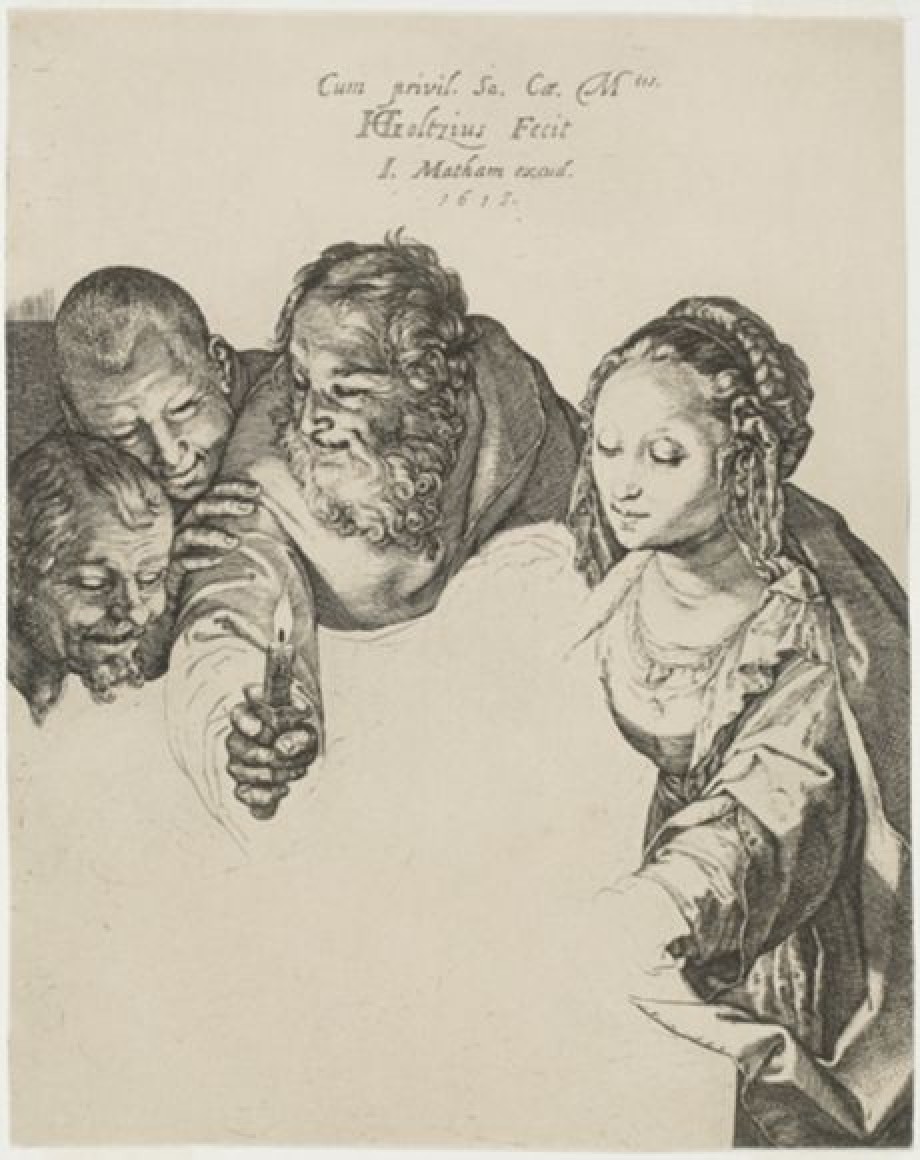Traditional Costumes from Dithmarschen and the Surrounding Area, from Braun-Hogenbergschen Städteatlas, Eiderstedt, Föhr, Nordstrand, Ockholm, Sylt, Stapelholm

Date
ca. 1598Period
16th centuryCollection
Museum of Fine Arts Ghent
The plate with its three rows of costumed figures, complements the information on the history of Dithmarschen that is given in Georg Braun's text. The peasant's republic of Dithmarschen lay in Schleswig-Holstein between the North Sea, the Elbe and Eider Rivers. In 1447 Dithmarschen's law was drawn up and the region became an independent, prosperous state. Its fertile marshlands were…
Read more
The plate with its three rows of costumed figures, complements the information on the history of Dithmarschen that is given in Georg Braun's text. The peasant's republic of Dithmarschen lay in Schleswig-Holstein between the North Sea, the Elbe and Eider Rivers. In 1447 Dithmarschen's law was drawn up and the region became an independent, prosperous state. Its fertile marshlands were protected from flooding by dikes, and the peasants farming the land developed a pronounced sense of separate identity, bolstered by the fact that numerous attempts to conquer their territory failed. Not until 1559 was Dithmarschen conquered and divided up between the Duke of Schleswig-Holstein-Gottorp, the Duke of Schleswig-Holstein-Hadersleben and the King of Denmark. The costumed figures illustrate, from left to right, armed men, married and unmarried women from Dithmarschen and married and unmarried women from Eiderstedt, followed by dress styles from Eiderstedt, Ockholm, Nordstrand and Haderstedt and finally by costumes from the Islands of Föhr, Sildia and Stapelholm.
Read less











